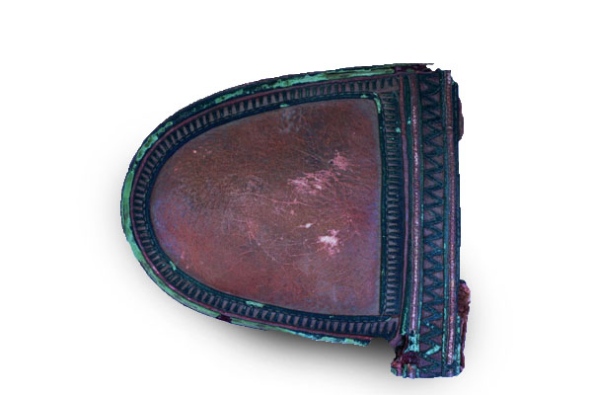BY: NATANIA SHERMAN
Last semester, Jennifer Maxwell wrote a Collections column asking readers to weigh in on an object that they would choose to preserve in case of an apocalyptic event. Members of the Musings community gave varied and creative answers of objects that they felt could be used to rebuild civilizations, but no one thought to bring something that could sustain said civilization: seeds. I may be channeling Keeper of the Seeds from Mad Max II: Fury Road but if I had to come up with one thing I would save in case of an apocalyptic event, I might think about the future biodiversity of the planet. (I might also think a little bit about my very lonely herb garden.)
 | |
| The Keeper of the Seeds in Mad Max II:Fury Road (Source) |
It seems I’m not the only one because there are institutions that collect seeds and plant species to preserve them in the event of a future environmental or biodiversity disaster. These institutions, known as seed banks, collect and preserve the seeds of countless species, from common to heirloom varieties. KEW the Royal Botanical Gardens in the UK is home to a herbarium, fungarium and the Millennium Seed Bank. The Millennium Seedbank has a mandate to preserve the world's most threatened species and the world’s most useful. Their goal is to have preserved 25% of the world’s plant species by 2020. If that number seems small, keep in mind that as of August 2015, the Millennium Seed Bank has around36,333 plant species and 2, 115, 847,290 seed samples in their collection. The Millennium Seed Bank decides what to collect by placing an emphasis on preserving biodiversity, but also on collecting plants that are deemed useful for medicines, important food sources, high risk species and native species that are threatened by invasive species.
 |
| A real-life Keeper of the Seeds inside the Millennium Seed Bank vault (Source) |
Seed libraries, like seed banks are also a way to maintain local species and promote agriculture. University of Toronto’s Inforum has a seed library where you can borrow seeds to plant for the summer and then when the time comes, harvest the seeds which are then returned to the library.
Seed banks and seed libraries already fill an important role in preserving biodiversity. Under the correct conditions, seeds can actually be stored for thousands of years. Researchers have actually grown viable plants from thousand year old seeds. Seed banks can also help researchers understand plant evolution by allowing them to study how plant species adapt to environmental factors over time, by preserving older incarnations of certain plants. Seed banks are also crucial to ensuring future plant biodiversity. This is especially important since so many of the crops that humans rely on, such as wheat and corn, are monocultures that could be very vulnerable to disease and infestation, and have a high environmental impact to produce.
 |
| The Millennium Seed Bank in Wakehurst (Source) |
As a result of the scale that seed banks like KEW collect specimens, many larger seed banks are organizations that build partnerships globally in order to expand their collections and research networks. KEW even publishes a yearly State of The World's Plants report to publicize their research. These institutions truly carry out a crucial function for the betterment of the future and I certainly hope that if a biodiversity crisis occurs I’ll be living near a seed bank.
















.jpg)
.gif)














